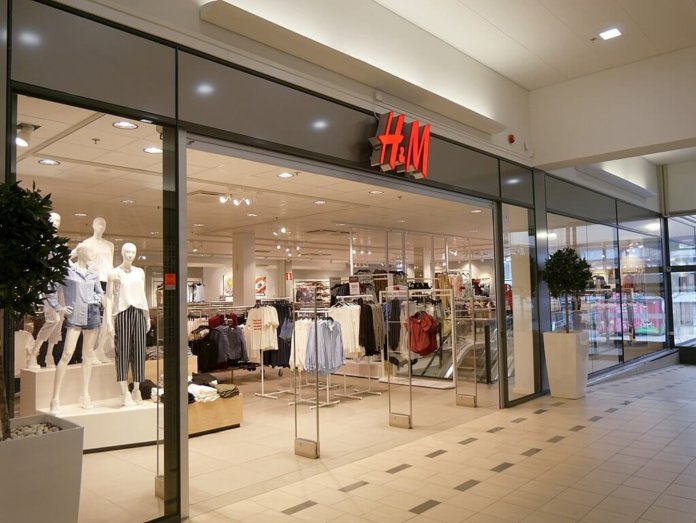
Perhaps there is no greater challenge that faces a family owned business than that of passing the baton to the next generation. The hope is that after years of watching, learning, and absorbing all that goes into making the organization a success, the heir to the throne will be able to not only continue the current production level, but take it to new heights.
Sadly, this is not always the reality. Sometimes there is a lack of hunger, focus, and discipline that sabotages the company’s long-term prospects under the new leadership. But occasionally there is a textbook example of how a company grows and reaches even new heights under the next generation, and they serve as a shining example of how to do it right.
For such an example, look no further than that of Sweden’s Persson family and their global clothing retail giant, H&M.
H&M and its Swedish Origins
H&M was founded by a man named Erling Persson in 1947 after he returned from the United States shortly after WWII. Persson was inspired by what he saw in the American retail stores: a wide variety of quality affordable clothing accessible to the masses. This ran in direct contrast to the European fashion philosophy of the time, which maintained that quality garments need to be expensive and targeted almost solely to the elite.
Convinced that the American model would be successful in Sweden, Erling Persson opened his first store in his hometown of Västerås and named it Hennes (meaning Hers). The store was a great success, and as his second store in Stockholm thrived from day one, it became clear that Persson’s gut-feeling was going to pay off handsomely.
Financial Times writer Nicholas George explains why Persson had the right idea at the right time: “The idea of providing such garments for the average woman fitted in well with the egalitarian mood of post–war Sweden. It is often said that if Per–Albin Hansson, the legendary Social Democratic leader, created Sweden’s ‘people’s home’ with welfare and security, Ingvar Kamprad, founder of Ikea, furnished it and Erling Persson clothed it.”
Twenty years after it first opened its doors, Hennes was rebranded as H&M when Persson merged the brand with a men’s outdoor clothing line that he acquired called Mauritz Widforss.
The Next Generation
By the early 1980’s, Erling knew it was time to step aside so that his son Stefan could take the reins. Stefan had been involved with various parts of the company throughout the 1970’s so when he officially took over in 1982, he had a clear vision in mind.
Stefan wanted to spread the H&M all throughout Europe and by 1985, the company had more than 200 stores across the continent. Aside from expanding the brand’s footprint, Stefan Persson wanted to add fashion ‘street cred’ to the H&M brand so he sought out strategic partnerships with top designers such as Stella McCartney, Donatella Versace, Karl Lagerfeld, Commes des Garçons, Matthew Williamson, Lanvin, Marni, Sonia Rykiel, Maison Martin Margiela, and Jimmy Choo.
Another key plank of the growth plan involved streamlining its design and production operations. Under Stefan’s leadership, H&M established an in-house design team in Stockholm and outsourced production to factories in Asia where production costs were significantly cheaper. It wouldn’t be long before the rest of the garment-producing world would follow suit.
Success in Numbers
With Stefan Persson’s steady hand at the wheel of H&M from 1982 through 1998, the company saw record growth and profits. By the end his tenure, H&M had grown to become Europe’s largest apparel retailer and in the early 2000’s, the company had the world’s most highly valued stock in the retail sector.
Today H&M operates in 62 countries with over 4,000 stores and employs around 132,000 people, standing as a shining example of how a well-managed family business can not only survive through the next generation of leadership but also thrive under it.









